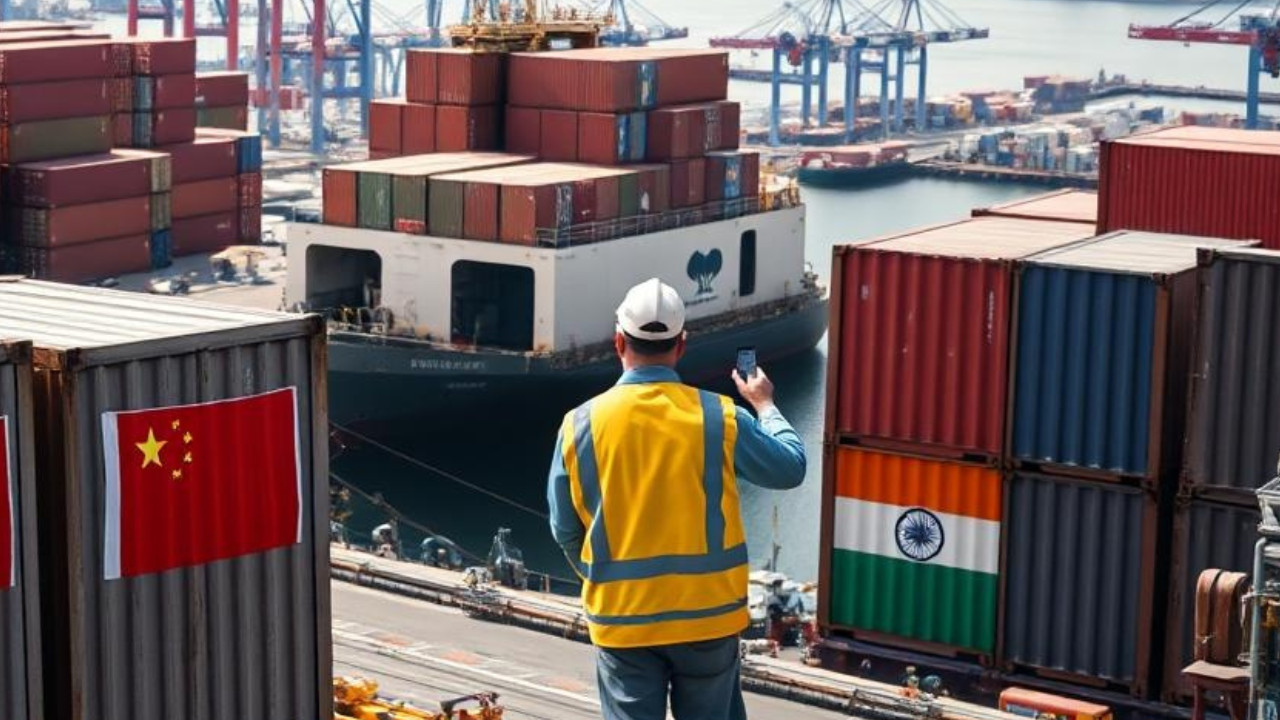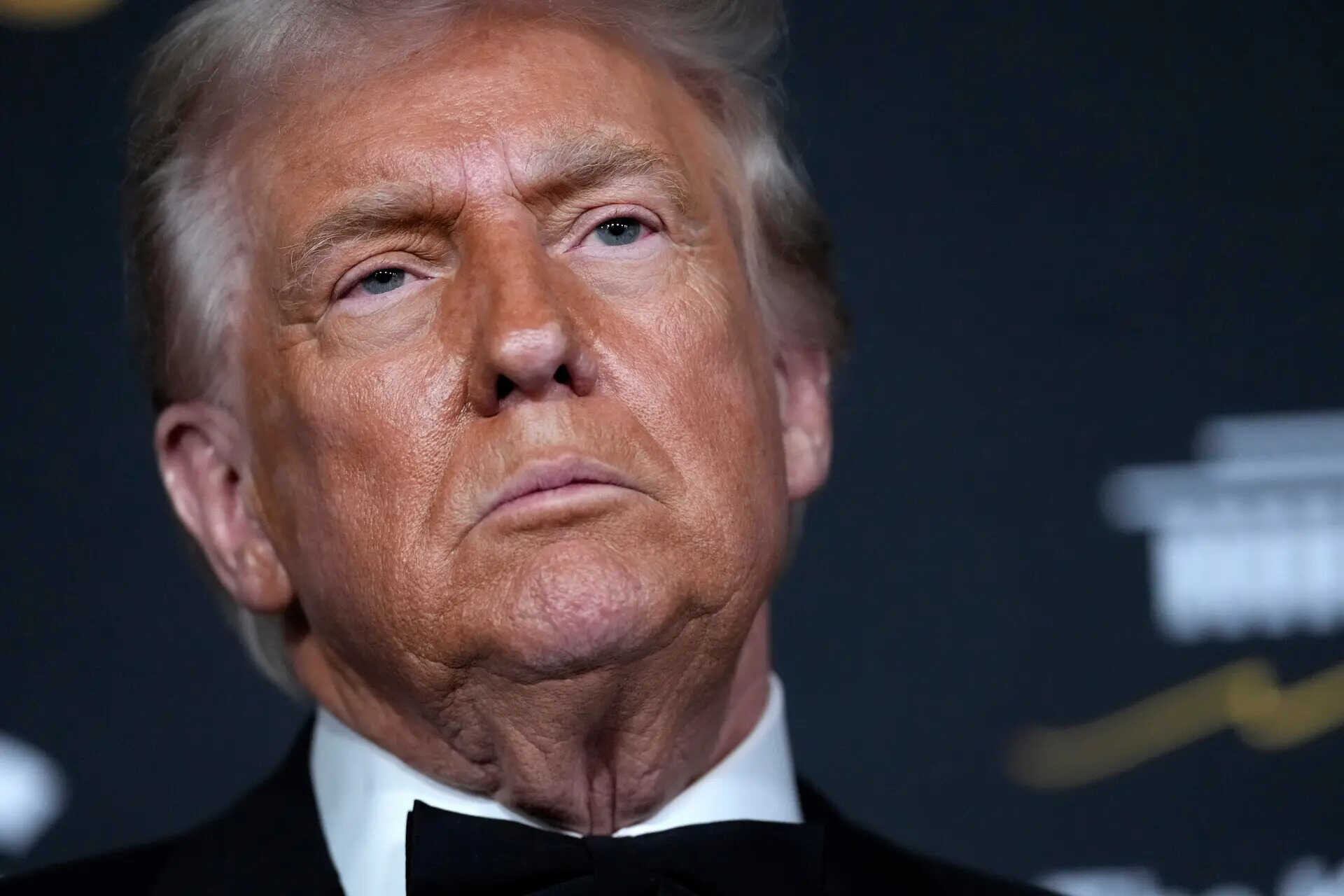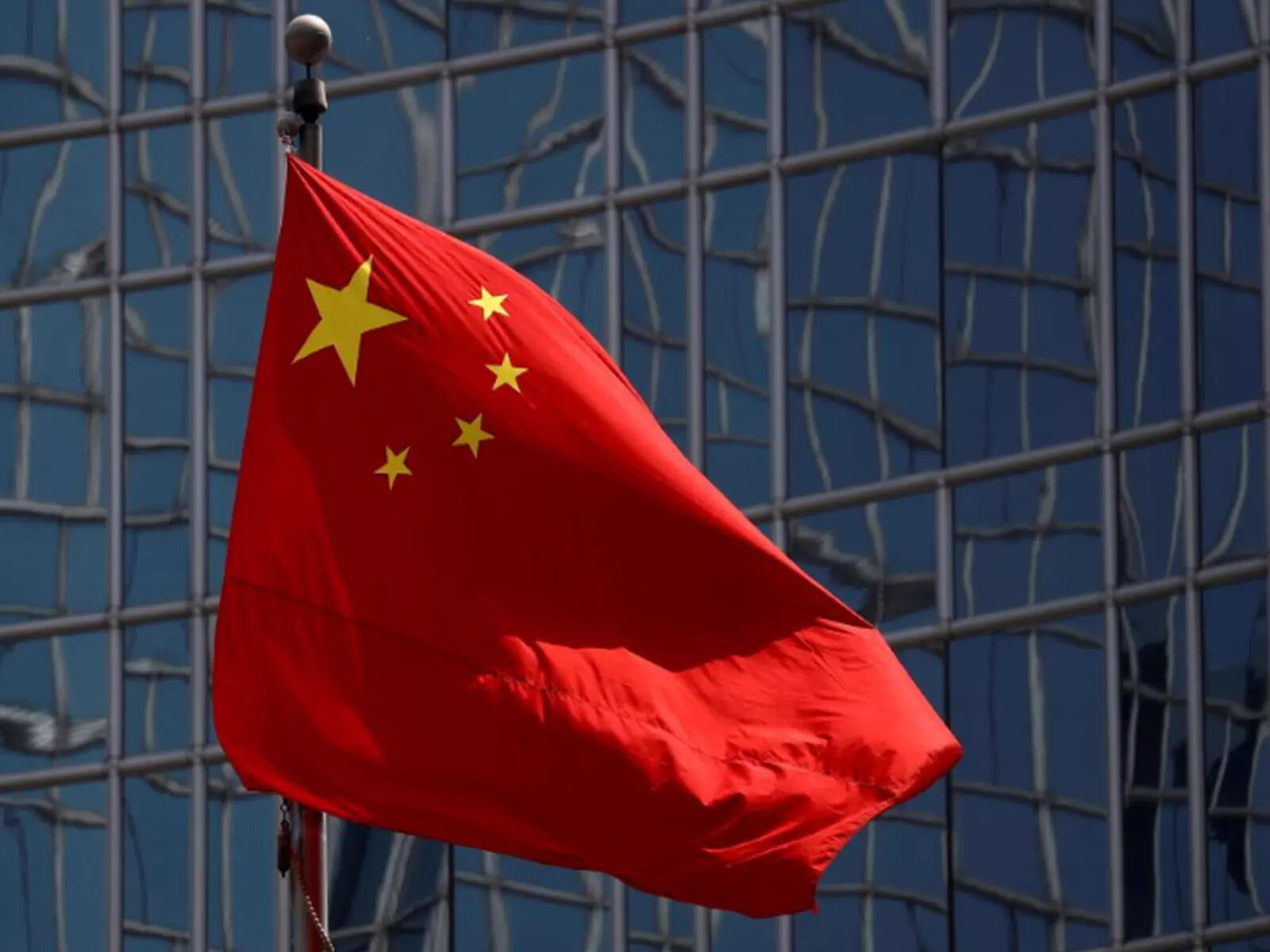China’s relaxation of rare earth metal export restrictions is poised to benefit India’s electronics sector, a key Make-in-India initiative. This move addresses supply chain challenges, potentially boosting advanced manufacturing and research while stabilizing costs for vital components in electronics and EVs. Experts emphasize the need for India to enhance self-sufficiency in rare earth resources despite this positive development.
Will India’s Electronics Sector Get a Jolt from China’s Rare Earths Move?
For years, the global tech and manufacturing industries have kept a close eye on China’s policies surrounding rare earth elements. These seemingly obscure metals are actually the unsung heroes powering everything from smartphones and electric vehicles to wind turbines and defense systems. They’re the invisible ingredients that make modern life, as we know it, possible. So, when China makes a move concerning rare earths, the ripple effects can be felt across continents. Recently, that move happened: China has seemingly lifted export curbs on rare earths.
The question buzzing around India’s electronics sector is: Will this relaxation of restrictions finally unleash a wave of opportunities?
Understanding the Rare Earths Landscape
First, let’s break down what “rare earths” actually are. They’re a group of 17 elements with unique magnetic, conductive, and luminescent properties. Despite their name, they aren’t necessarily “rare” in terms of abundance in the Earth’s crust. The challenge lies in their extraction and processing. This process is complex, often environmentally taxing, and requires specialized expertise. China has, over the past few decades, mastered this process, establishing itself as the dominant player in the global rare earths market.
In the past, concerns over environmental regulations, strategic resource management, and geopolitical leverage have led to restrictions on the export of these crucial materials. While never explicitly stated as a formal ban, companies exporting these materials have faced increasingly stringent compliance requirements, amounting to de facto limitations. These limitations have caused anxiety in nations, including India, that rely on these metals for their manufacturing.
India’s Electronics Industry Poised for Growth Thanks to Rare Earth Elements
India’s electronics manufacturing sector is on a steep upward trajectory, fueled by government initiatives like “Make in India” and a growing domestic market. The demand for electronics components, from displays to semiconductors, is surging. But this growth engine needs fuel, and that fuel often comes in the form of rare earth elements.
The perceived lifting of export curbs could prove to be a significant tailwind for Indian manufacturers. Easier access to these essential materials could potentially lower production costs, improve product quality, and boost the overall competitiveness of Indian electronics in the global market. Imagine, for instance, an Indian company producing electric vehicle motors being able to source neodymium magnets (a key rare earth application) more readily and at competitive prices. This advantage would allow them to scale up production, lower prices for consumers, and contribute to India’s electric vehicle revolution.

Not a Guaranteed Home Run
While the news is certainly positive, it’s important to approach it with cautious optimism. It remains to be seen what the full extent of the relaxation will be and how smoothly the export process will function. Will there be hidden regulatory hurdles? Will prices remain stable? These are questions that will only be answered in the coming months. Additionally, relying solely on a single source for critical materials, even if access improves, carries inherent risks. Supply chain diversification remains crucial for India’s long-term economic security. Perhaps this development will incentivize further investment in domestic rare earth exploration and processing capabilities. India has significant reserves of rare earth minerals; the challenge lies in developing the technology and infrastructure to extract and refine them sustainably and efficiently.
Looking Ahead: A More Resilient Future
For India’s electronics sector, this development represents a potential opportunity to accelerate growth and strengthen its position in the global market. But capitalizing on this opportunity requires a strategic approach. Indian companies need to forge strong relationships with suppliers, invest in research and development to reduce reliance on specific materials, and advocate for policies that promote a stable and diversified supply chain. Moreover, the government can play a vital role by streamlining regulatory processes, supporting domestic mining initiatives, and fostering international collaborations.
Perhaps this is the trigger for India to seriously consider joining the Minerals Security Partnership to secure critical mineral supply chains?
The global landscape of rare earths is dynamic and complex. China’s recent move could be a game-changer for India’s electronics industry, but only if India plays its cards right. By embracing a proactive, innovative, and strategic approach, India can turn this potential opportunity into a lasting competitive advantage. The future is unwritten, but with careful planning and execution, India’s electronics sector is in a good position to thrive.







